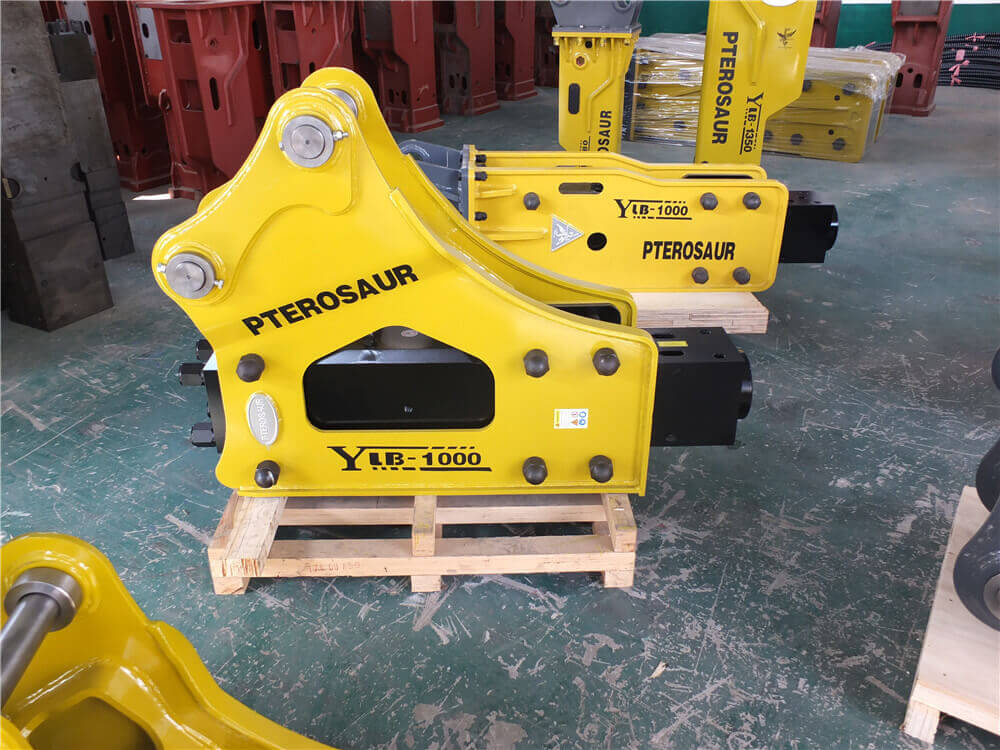Exploring Hydraulic Breaker Chisels: Types, Applications, and Selection Guide
Hydraulic breaker chisels are indispensable tools in the construction, demolition, and mining industries. Their effectiveness in breaking through tough materials like concrete, asphalt, and rock can significantly impact the efficiency and durability of hydraulic breakers. Understanding the various types of chisels available, their applications, and how to select the right one for your needs is crucial for optimizing performance.
Types of Hydraulic Breaker Chisels
There are several types of hydraulic breaker chisels, each designed for specific tasks:
-
Moil Point Chisels: These are the most common chisels used for general breaking tasks. Their design allows for excellent penetration and a good wedge effect, making them ideal for various applications, including demolition and rock breaking.
-
Flat Chisels: Flat chisels are used for wider breaking tasks. They excel in applications where a broader surface area is needed, such as breaking up large slabs of concrete.
-
Blunt Tools: Blunt chisels are designed for heavy-duty applications that require a strong, forceful impact without penetrating deeply. They are effective for tasks such as removing asphalt or compacted soil.
-
Asphalt Cutters: Specifically designed for cutting asphalt, these chisels help in road construction and maintenance by providing clean cuts and reducing the risk of damage to surrounding areas.
Applications of Hydraulic Breaker Chisels
Hydraulic breaker chisels are utilized across various sectors:
- Construction: Used for breaking concrete foundations, removing structures, and preparing sites for new construction.
- Demolition: Ideal for dismantling buildings and other structures safely and efficiently.
- Mining: Effective in breaking rock and ore during extraction processes.
- Road Work: Essential for maintaining and repairing roads, particularly in cutting asphalt and concrete.
How to Choose the Right Hydraulic Breaker Chisel
Selecting the right hydraulic breaker chisel involves considering several factors:
-
Material Type: The type of material you will be working with (concrete, rock, asphalt) will dictate the chisel type you need. For example, moil point chisels are great for general use, while asphalt cutters are specifically designed for road work.
-
Chisel Length and Diameter: The size of the chisel should match the specifications of your hydraulic breaker. Ensure compatibility to avoid mechanical failure.
-
Durability and Wear Resistance: High-quality chisels made from durable materials can withstand extensive use and harsh conditions. Look for manufacturers that guarantee longevity and offer replacement options.
-
Application Specificity: If you have a specific task in mind, such as heavy demolition or precise cutting, choose a chisel designed for that purpose to maximize efficiency.
Maintenance and Care
Proper maintenance of hydraulic breaker chisels is essential for extending their lifespan and ensuring optimal performance. Regular greasing of the chisel and the hydraulic breaker system is crucial to prevent wear and tear. Additionally, inspect the chisels for signs of damage or wear regularly, as this can affect their effectiveness and safety during operation.
Conclusion
Hydraulic breaker chisels are vital tools that play a significant role in various industrial applications. By understanding the types available, their specific uses, and how to select the right one, you can enhance the efficiency of your construction, demolition, or mining projects. Always prioritize quality and maintenance to ensure your tools remain effective for years to come.



































